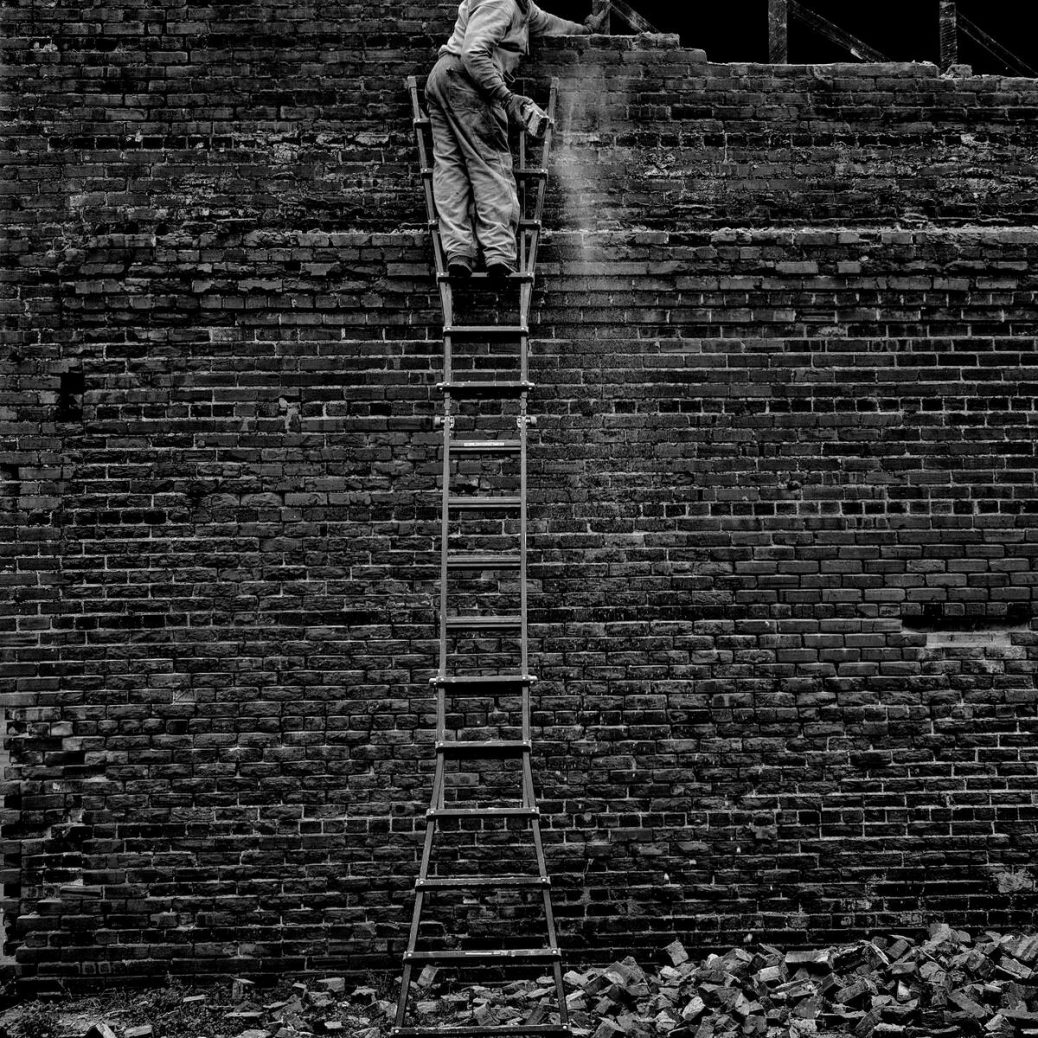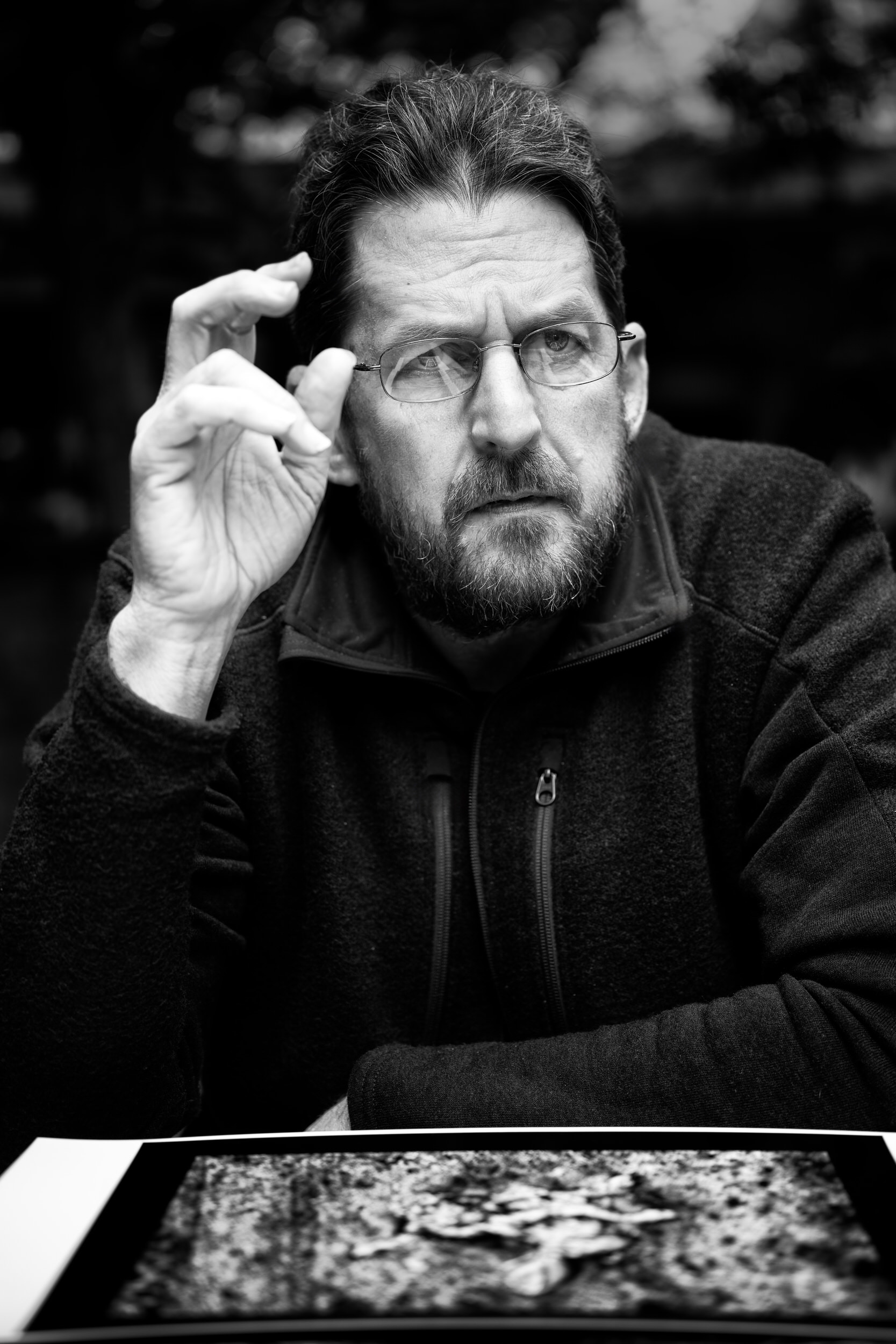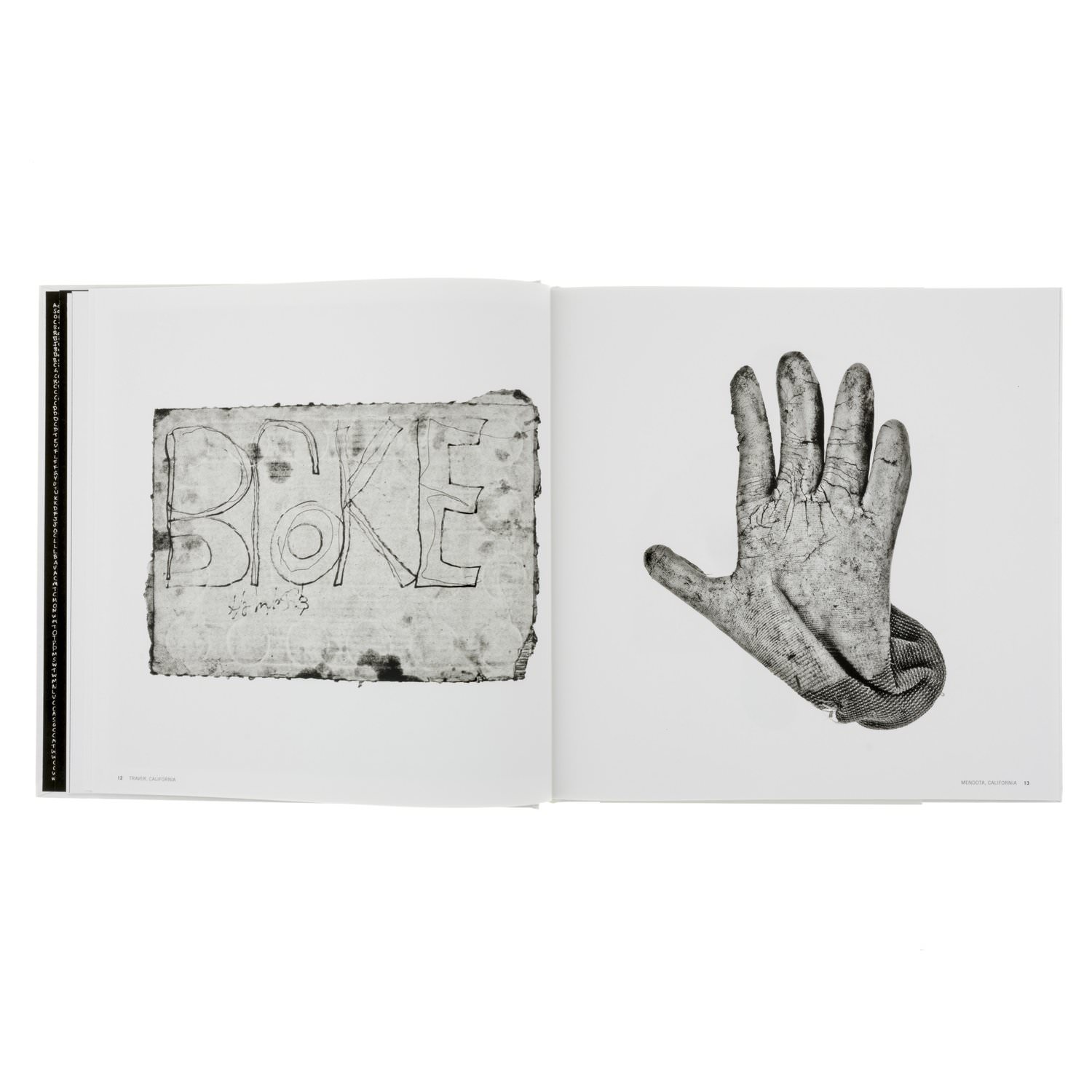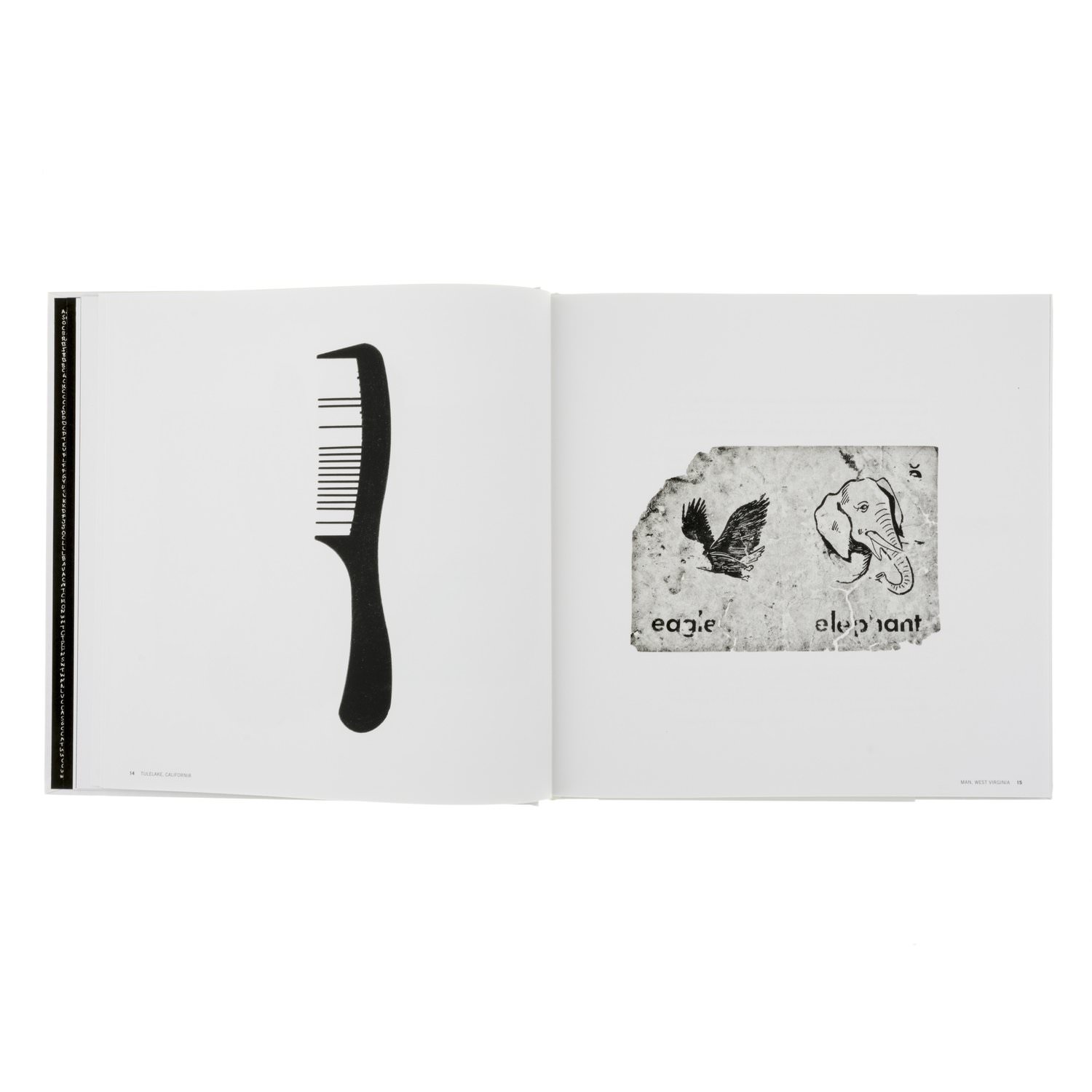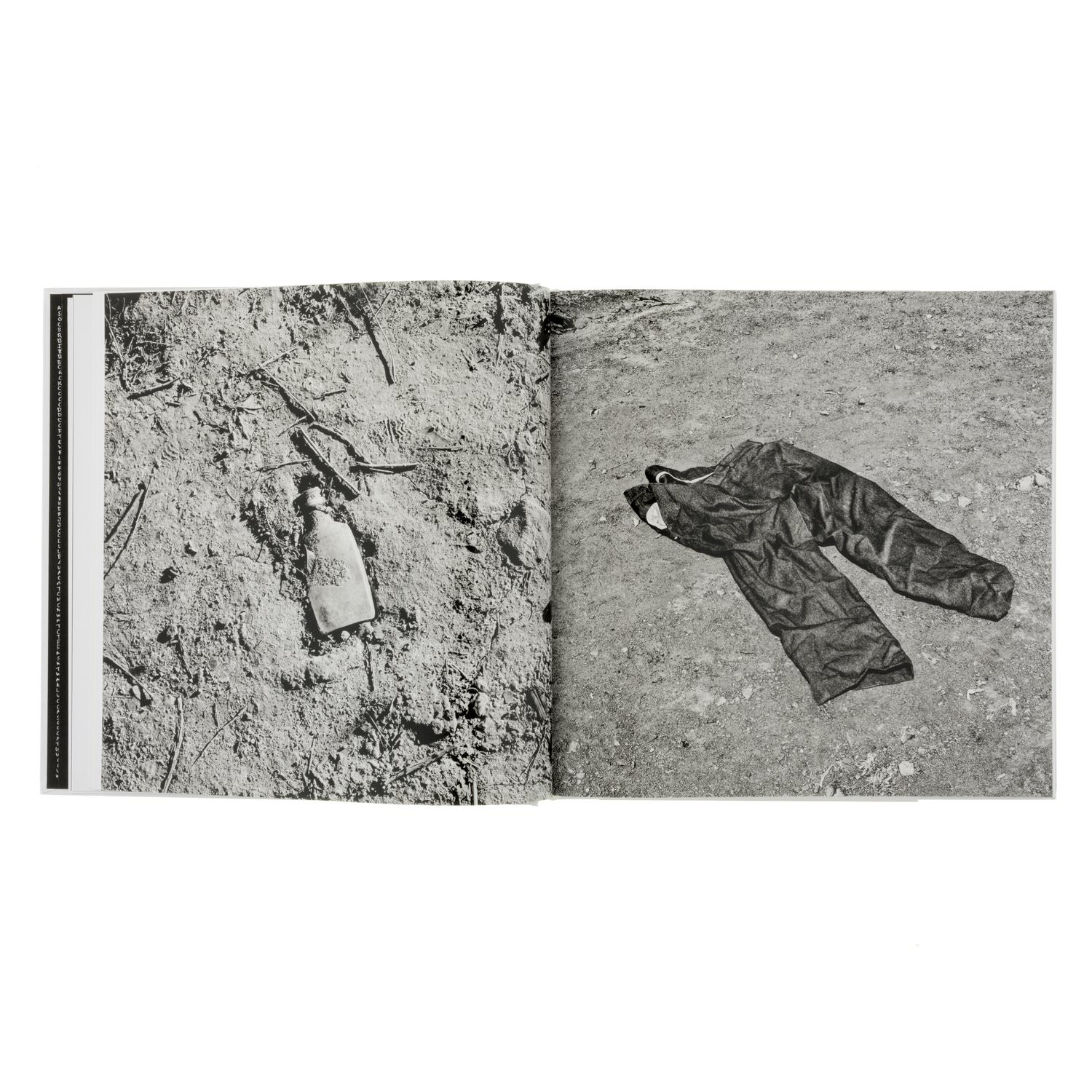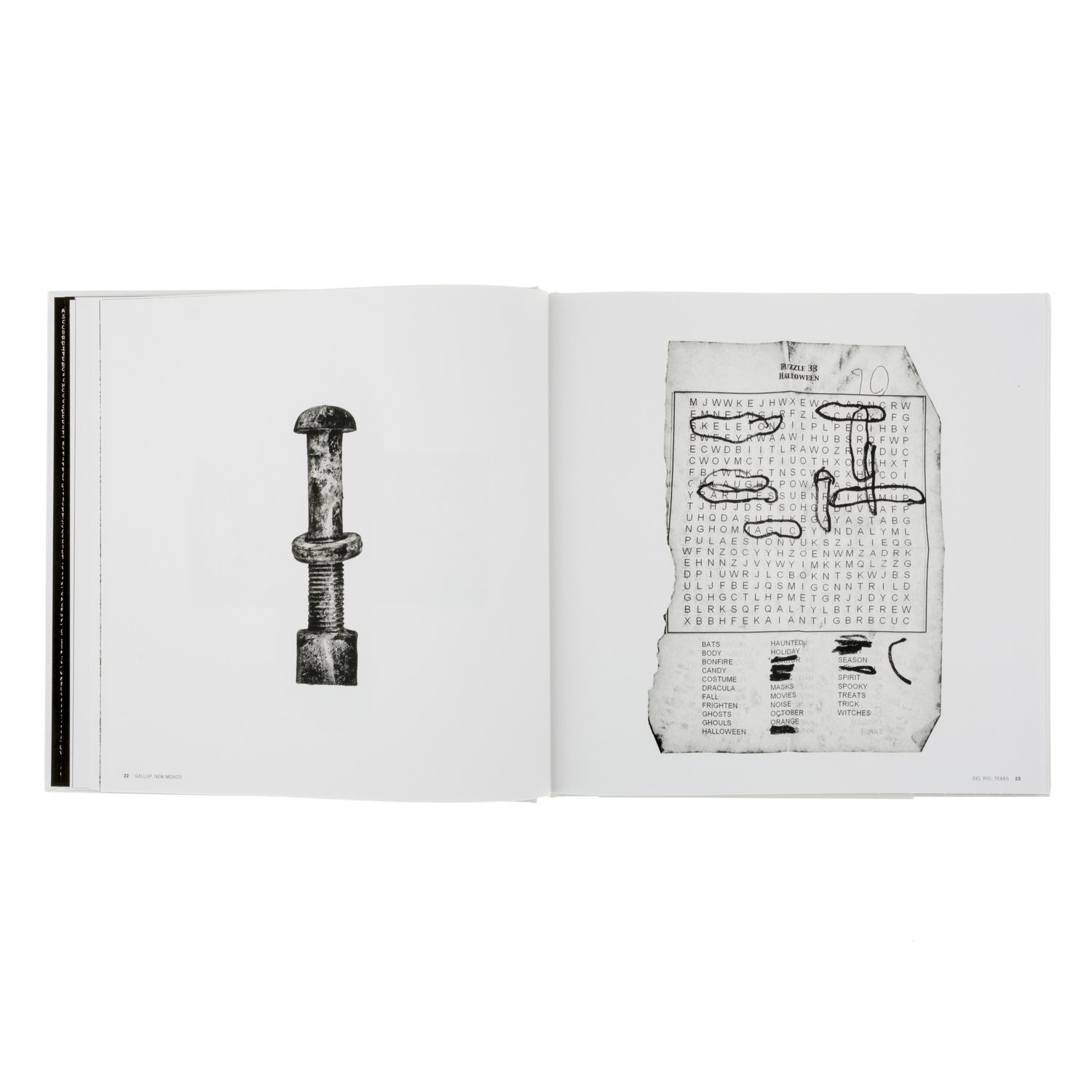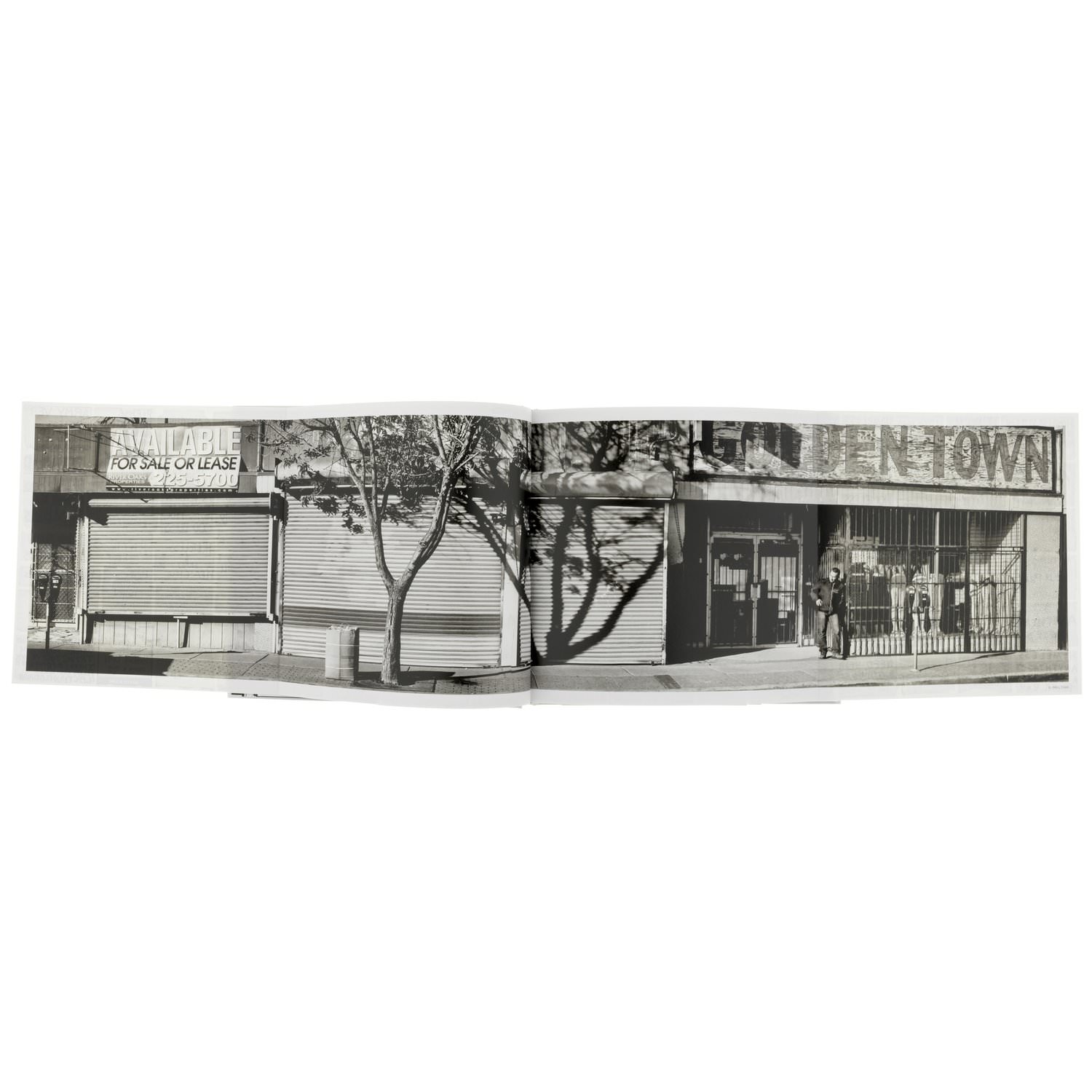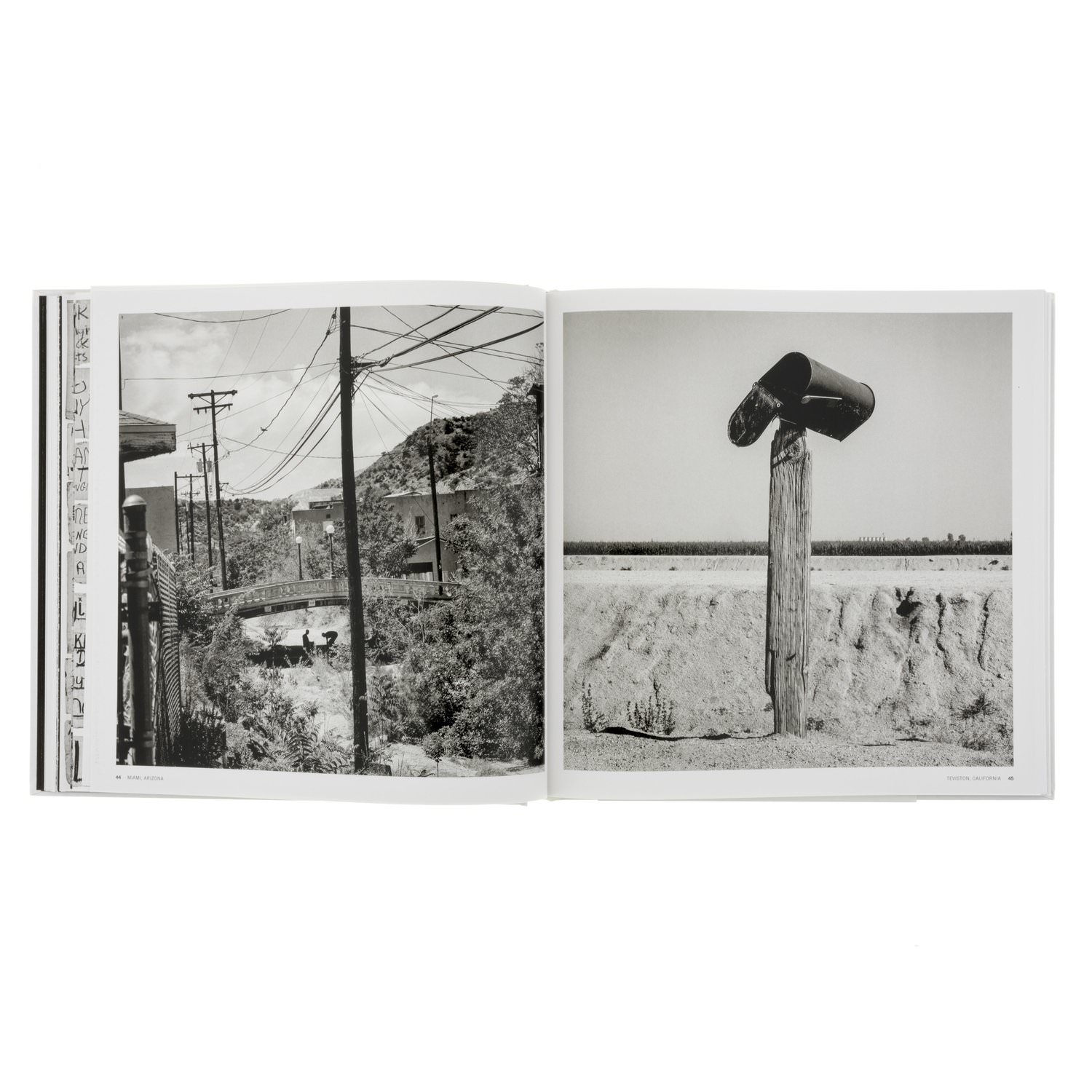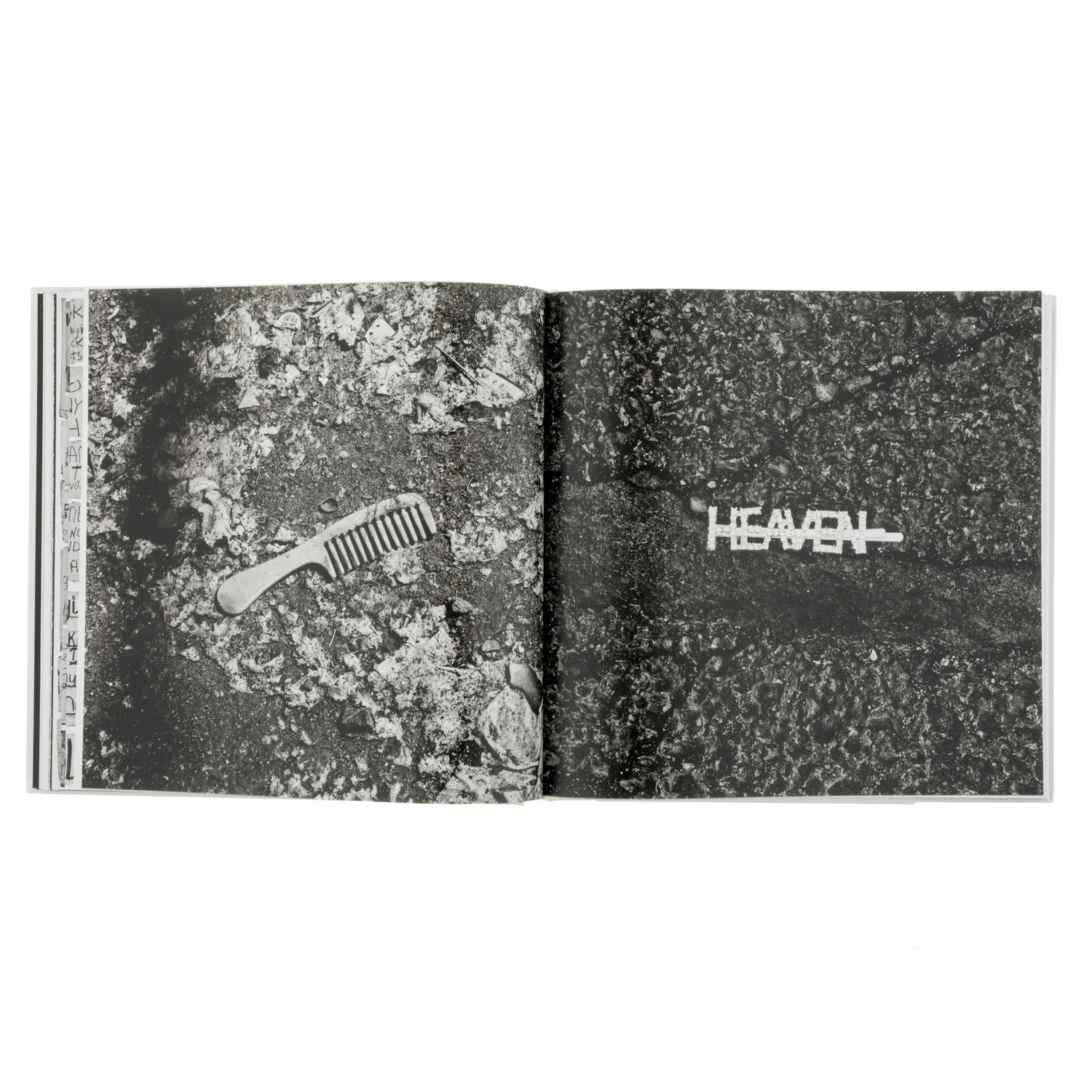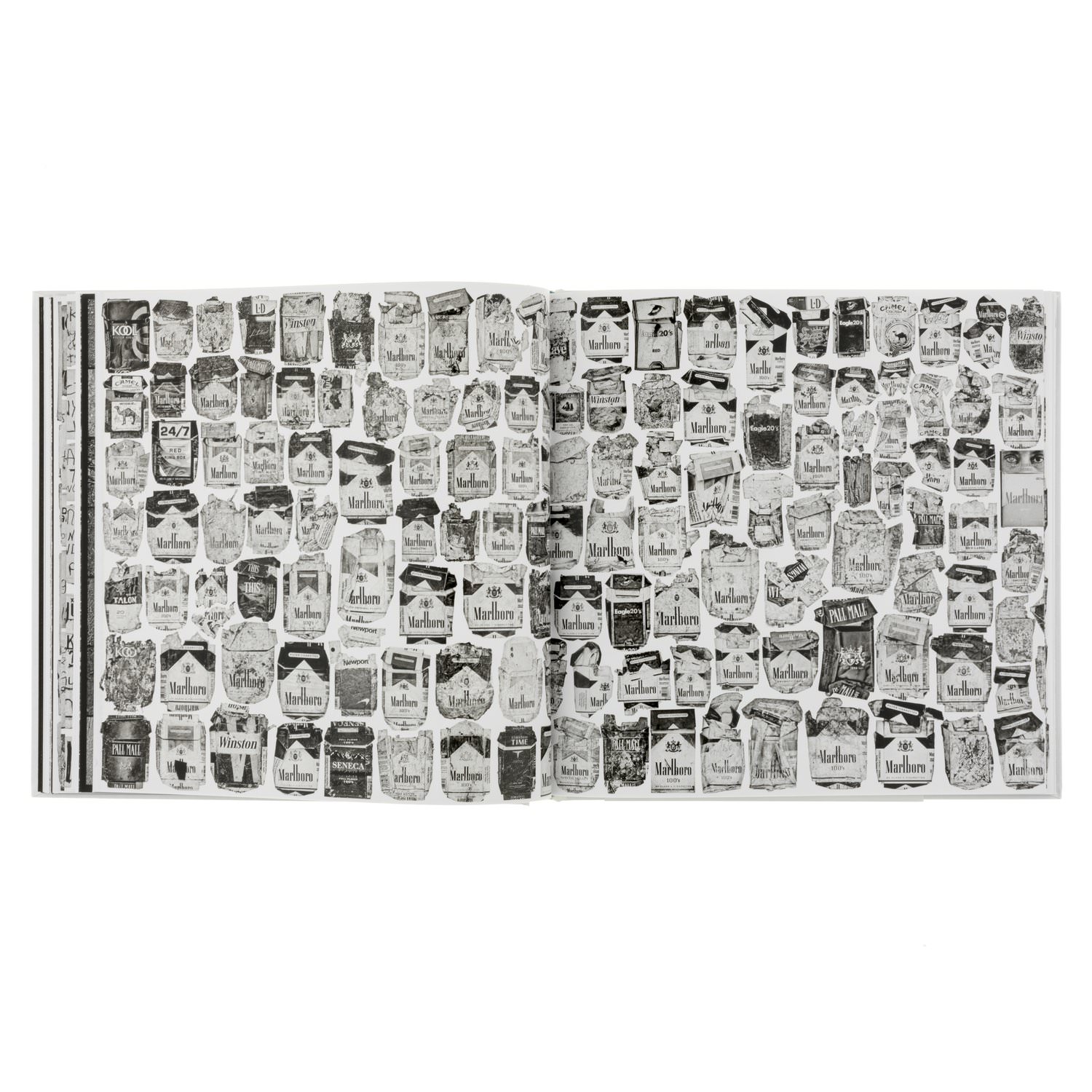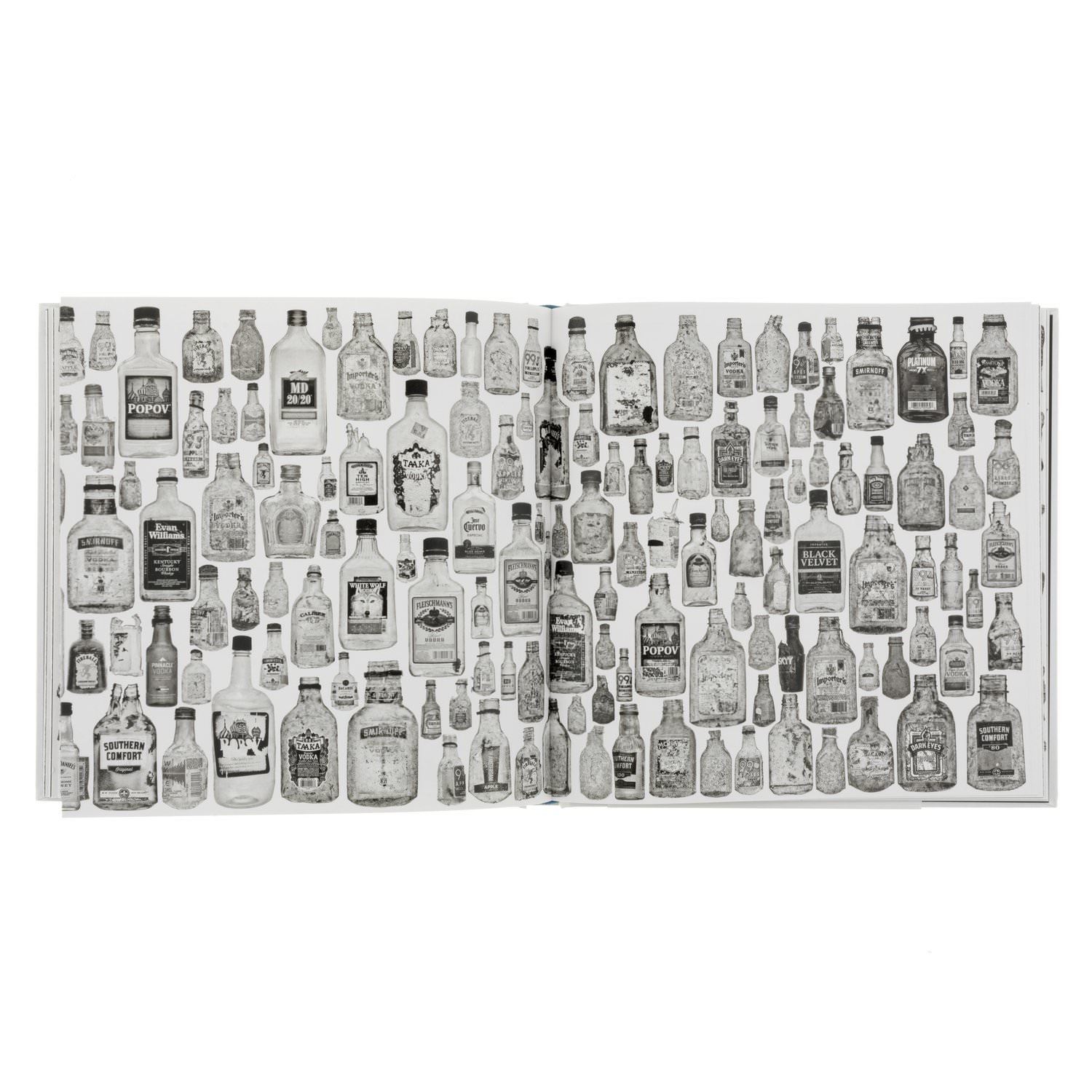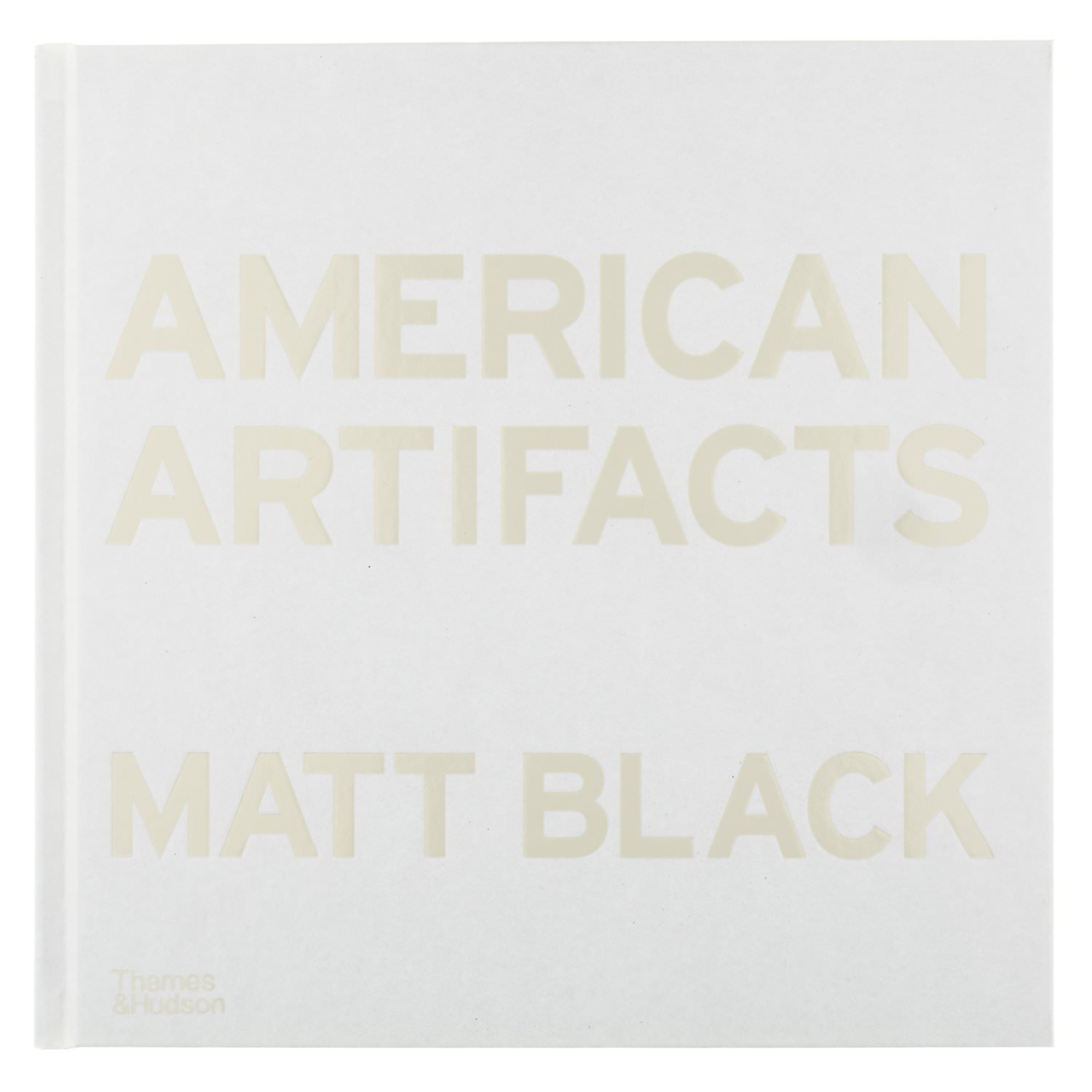Matt Black: American Artifacts
In a recent video, photographer Matt Black introduces American Artifacts, his newest photobook and a companion to the widely praised American Geography, published by Thames & Hudson.
“I’ve spent my whole life in Tulare County, a rural area in California where over 20% of the population lives in poverty — including around one in every four children,” writes Black in the opening lines of American Artifacts. “If the 40 million Americans living in poverty today formed their own nation, it would rank as the 37th most populous in the world, larger than Canada.”
Serving as a counterpart to American Geography (2021), American Artifacts continues Black’s unflinching examination of the American Dream — a narrative he believes diverges sharply from the lived reality of millions. In his online course The Documentary Commitment, Black reflects on the dissonance: “I’ve grown up hearing the stories Americans tell about hard work and opportunity. But in my experience, they don’t hold up. The myths are so deeply embedded that even those most harmed by them often struggle to let them go.”
The Central Valley of California — one of the nation’s most agriculturally productive regions, yet also one of its poorest — starkly illustrates this contradiction. “It led me to wonder: how many other parts of America are included on the map but excluded from the Dream?” Black asks.
His project grew far beyond California. Over six years, he logged over 100,000 miles across 46 states and Puerto Rico, focusing on “concentrated poverty” — counties where at least 20% of residents live below the poverty line. These are communities seldom featured in the mainstream story of America. His travels revealed that it’s possible to cross the entire country without ever leaving poverty behind.
The book that emerged from this journey — American Geography — pairs photographs with Black’s field notes and found items. American Artifacts builds on that material, placing greater emphasis on the ephemera he gathered and the people he encountered. It gives voice to those often unheard both within the U.S. and abroad.
In the introduction to the new book, Black describes his process: “To grasp the spirit of each place, I spoke with hundreds of people — in their homes and workplaces, during errands, at church, at food banks, in dentist chairs and auto shops, wherever daily life unfolded. I witnessed how people live, struggle, and endure.”
In the accompanying video, filmed in his Central Valley studio, we hear firsthand from some of those voices: Esther from Perry County, Alabama; Earl from Clay County, Georgia; Brenda from Savannah, Georgia; Willis of the Cheyenne River Sioux Tribe; and Melissa from Tuba City, Arizona.
“Seen individually, these objects are fragments of people’s lives,” Black notes. “Together, they form a portrait of a nation we’ve been told doesn’t exist.”
Over the course of the project, Black collected more than 3,000 objects — from empty liquor bottles and cigarette packs to forks, playing cards, and panhandling signs. Each was carefully documented, labeled, boxed, and photographed. “They started to speak just like photographs do,” he explains. “I organized them by type, by story — they became a way to tell parallel narratives.”
American Artifacts presents these items alongside transcriptions of interviews, handwritten notes, and quotes. In its final pages, the book features a detailed survey of poverty in the U.S., listing the proportion and number of people living below the poverty line in each town visited. It stands as a powerful testament to the persistence — and scale — of inequality in contemporary America.
About the Author
Matt Black hails from California’s Central Valley, a predominantly rural and agricultural region situated in the center of the state. Between 2014 and 2020, he undertook an extensive journey across the United States, covering more than 100,000 miles and visiting 46 states for his long-term project American Geography. The work culminated in a photobook published by Thames & Hudson in 2021 and a touring exhibition that debuted at the Deichtorhallen in Hamburg.
Among his other significant projects are The Dry Land, which documents the devastating effects of drought on farming communities in California, and The Monster in the Mountains, which investigates the 2014 disappearance of 43 students in Guerrero, Mexico. Both bodies of work were released alongside short films and featured in The New Yorker.
Black’s photography has been widely published both in the U.S. and internationally, with appearances in TIME Magazine, Le Monde, The New Yorker, and Internazionale, among others. His work has earned multiple accolades, including three Robert F. Kennedy Memorial Prizes and the prestigious W. Eugene Smith Memorial Award. He has also been selected as a fellow by both the Emerson Collective and the National Geographic Society.
Additional recognition includes awards and support from institutions such as the National Press Photographers Foundation, the Pulitzer Center on Crisis Reporting, the California Arts Council, and World Press Photo. In 2015, Black was nominated to Magnum Photos, achieving full membership in 2019.

